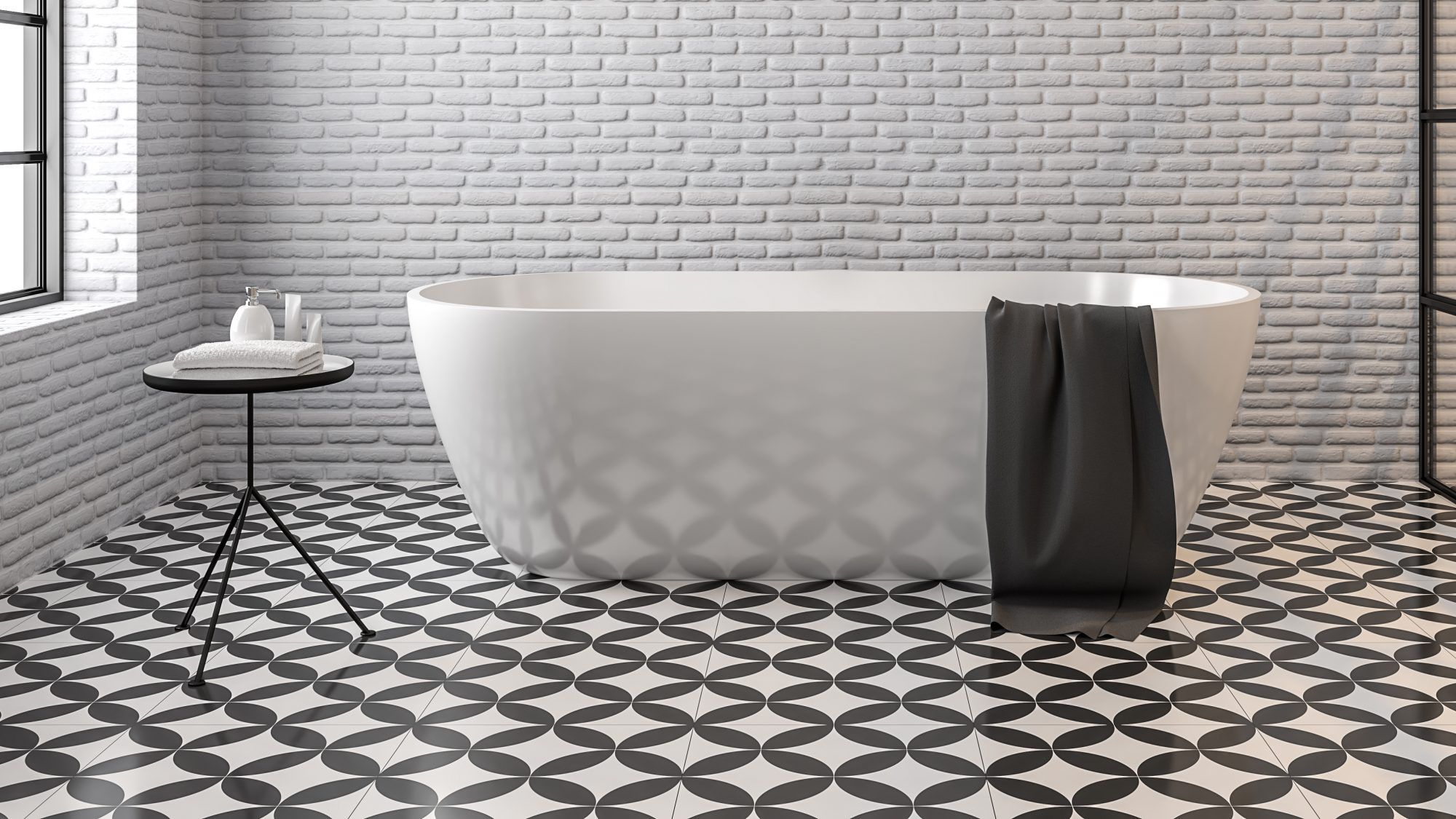When it comes to flooring, there are many options to choose from. Among these are the cost, durability, and layout patterns. Choosing the right floor tile can make all the difference in the overall look and feel of your space. Here are some tips to help you choose the right one for your home. Also, keep in mind that different types of floor tile have different advantages and disadvantages.
When choosing a floor tile, it is important to pay close attention to the durability of the tile. One way to judge the durability of a floor tile is by looking at the PEI rating. This is a rating that measures how hard the tile is. A higher PEI rating indicates that the tile will be more durable and withstand a higher amount of wear and tear. This rating is also a way to tell if a floor tile will be suitable for a particular application, such as a high-traffic area.
Floor tile is often exposed to a variety of weather conditions. It needs to resist the effects of moisture and frost, and it must not crack if heavy objects are dropped on it. It is also important to choose a flooring material that can be used in wet areas, such as swimming pools and terraces.
Porcelain tile is one of the most durable floor tiles available. It is made from highly refined clay and is designed to be tougher than other types of flooring. It also requires less maintenance and can be replaced piece by piece if necessary. For these reasons, porcelain tile is often the first choice for commercial properties.
Another important factor when choosing floor tile is the amount of wear and tear the tile will take. High-traffic areas will require more maintenance, so it is important to choose a product that will withstand the wear and tear. Ceramic floor tile is a durable option, but it will need a strong floor framing. Those who have a high floor structure or an upper floor may not want to install this type of tile.
Ceramic tile is durable and suitable for most areas of the home. It resists moisture and stains, is non-absorbent, and has a cool feel. The durability of ceramic tile is measured on the PEI scale, and a PEI class four rating is appropriate for residential, light commercial, and commercial environments.
Another important consideration when choosing a floor tile is the thickness. Porcelain is denser than other ceramic tiles and is more durable. Porcelain tiles are more difficult to install and can be more expensive than ceramic tiles. However, they are more durable and can be easily repaired if damaged.
Porcelain tile is resistant to moisture and frost, and is a popular choice for kitchens and bathrooms. It is also suitable for outdoor installations because of its low water absorption. Porcelain tile can be glazed or unglazed and comes in a variety of colors and styles.
Cost
The cost of floor tile varies considerably depending on the type you select. You must consider the advantages and disadvantages of each type before deciding. You should also consider the finish and size of the tiles. While conventionally sized tiles measure 30 by 30 cm, you can choose other sizes that fit your needs and budget.
Before installing floor tile, you must remove the existing flooring. This process costs around $3.36 per square foot. If the floor is concrete, it may need repairs, which can add another $3 per square foot. You may also need a subfloor that is ready for tile installation. The cost of this will vary depending on the size of your project and the type of subfloor.
The cost of floor tile varies by type, style, and material. Some are inexpensive, while others are expensive. Vinyl tiles, for example, are available in white and other colors. Some even come with wood or stone patterns, which adds to their allure. Vinyl tiles are also one of the most durable options for flooring. They are available in an almost limitless number of colors and finishes. Natural stone tile prices can range from $5 to $12 per square foot, but most homeowners can expect to pay $7 per square foot or less. This type of flooring is a great choice if you’re looking for an elegant yet rugged surface.
Before choosing floor tile, consider how much space it will take up. If you’re replacing a floor, make sure you buy enough tiles to cover the area. Most tile is sold by the box, and the box contains approximately enough tiles for an estimated square footage. However, you will always end up buying more tile than you need. This is because you’ll be cutting too many tiles or making mistakes when cutting them. Moreover, you’ll want to account for small pieces of tile around the perimeter of the room.
The cost of floor tile depends on the size and type of tiles you purchase. Porcelain tile, for instance, costs about $3 to $30 per square foot. It is an impervious tile, meaning that it doesn’t absorb water and is frost-proof. In addition, tile installation requires a great deal of precision. You need to be able to measure the area and cut the tiles accurately, and you also have to apply grout to ensure a professional finish. Besides, installing tile is a big job, so hiring a professional is the best idea.
Floor tile prices are also affected by how much prep work is required for installation. Some types require less prep work, while others require more. You can get lower-priced options by going to a big-box store or discount outlet. However, remember that this flooring is an investment, and you should think about the consequences of choosing inferior tile.
Layout patterns
When choosing floor tiles, consider how you would like to arrange them. Herringbone patterns are popular, but you can also try other styles, such as chevron and wavy patterns. Both of these patterns use a similar parallelogram shape to create an interesting layout. While chevron and wavy patterns require cutting the tiles to fit the space you’re working with, you can use a tiler’s help to create the right layout for your floor.
Another popular tiling pattern is the running bond pattern, which uses a grid to create an organized look. This pattern is both classic and modern, and is a great choice for a bathroom or kitchen backsplash. You can even use this pattern on the walls to give your space an industrial look.
If you are planning to use ceramic floor tiles, this layout is a great way to create an interesting visual effect. The tile pattern uses two large tiles around a small tile. The larger tiles create a spinning pinwheel effect. Alternatively, you can replace the small square tile with four mosaic tiles. To get the best effect, use tiles of contrasting colors.
A basic tile layout will look smart in any room, but you can also try a more modern look with rectangular tiles. A 45-degree tile layout makes the floor look wider and highlights diagonal lines. In addition, a diagonal pattern will add movement and interest to a wall. A simple grid pattern is a cost-effective and simple way to lay floor tiles.
You can make a design plan and try out the layout before you buy tiles. You can also use a sketchbook or sample tiles to help you visualize the look you are aiming for. Some tile suppliers even offer digital tile visualizers. These tools allow you to rotate the tiles and see how they will look in the finished space.
A traditional windmill tile layout can also be made more modern. By using an accent color in the center tile and varying finishes, you can get a modern look that’s still distinctly nautical. The windmill tile layout includes a 6″ square tile in the center and four 12″ x six” rectangle tiles in the border. These four tiles surround the square tile and create an overall pattern that creates a dynamic look.
The herringbone tile pattern is another classic that is often seen in tile. It draws the eye throughout the space by alternating vertical and horizontal rectangular tiles. It’s especially popular for backsplashes. It can also create a unique design by using contrasting grout colors. Another popular pattern is the step ladder pattern. These tiles are placed at a 45-degree angle to each other to create a diagonal movement.


